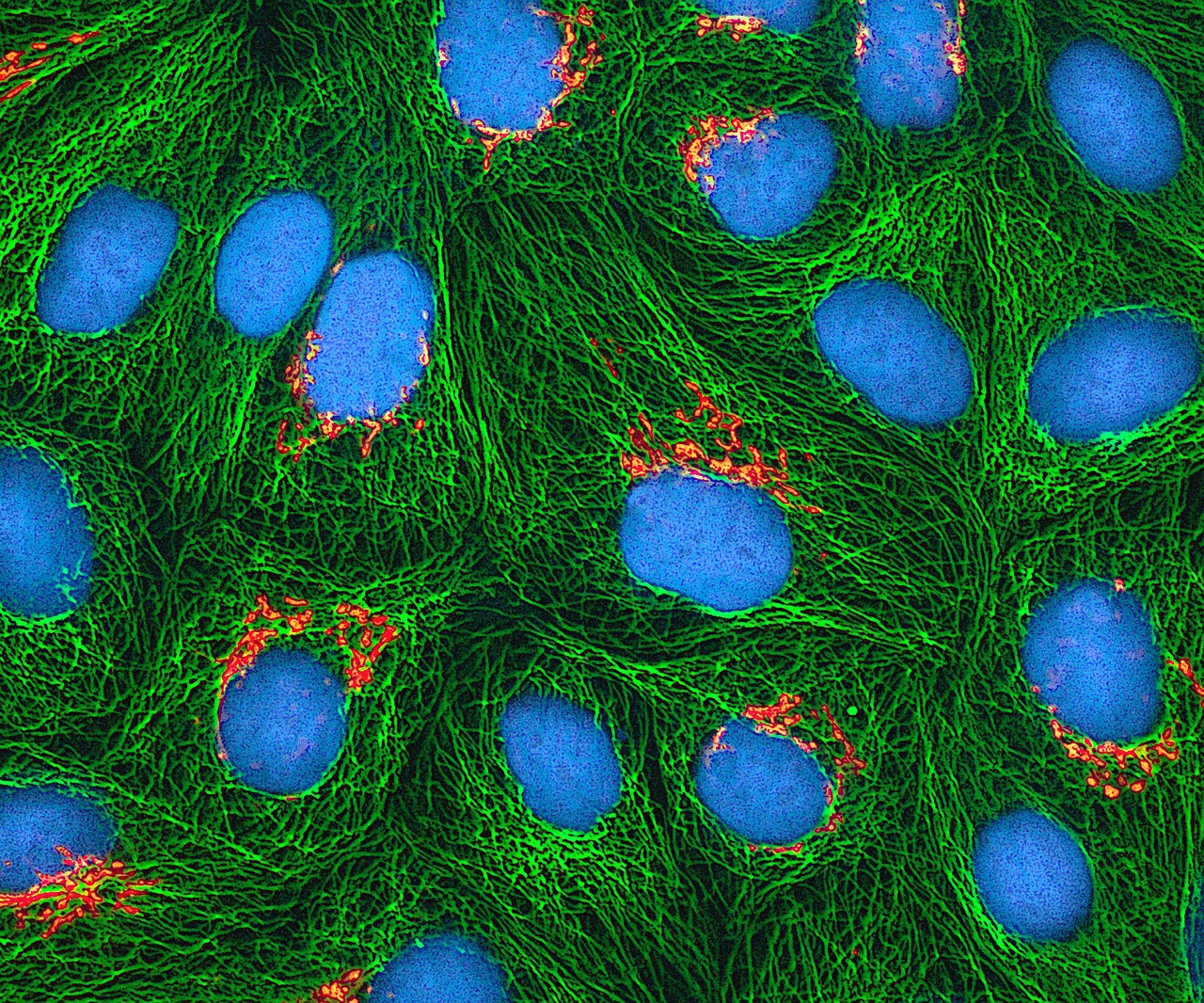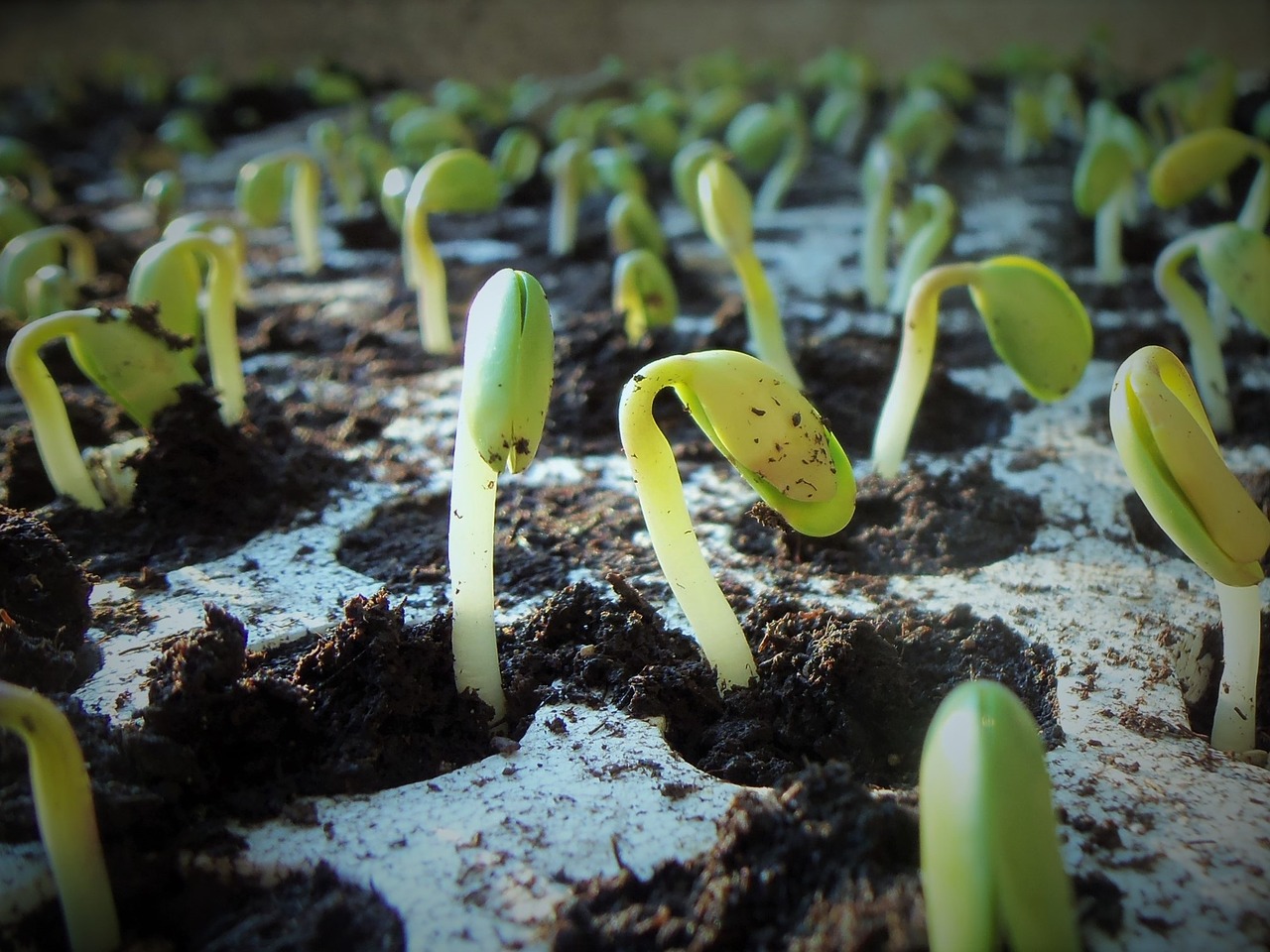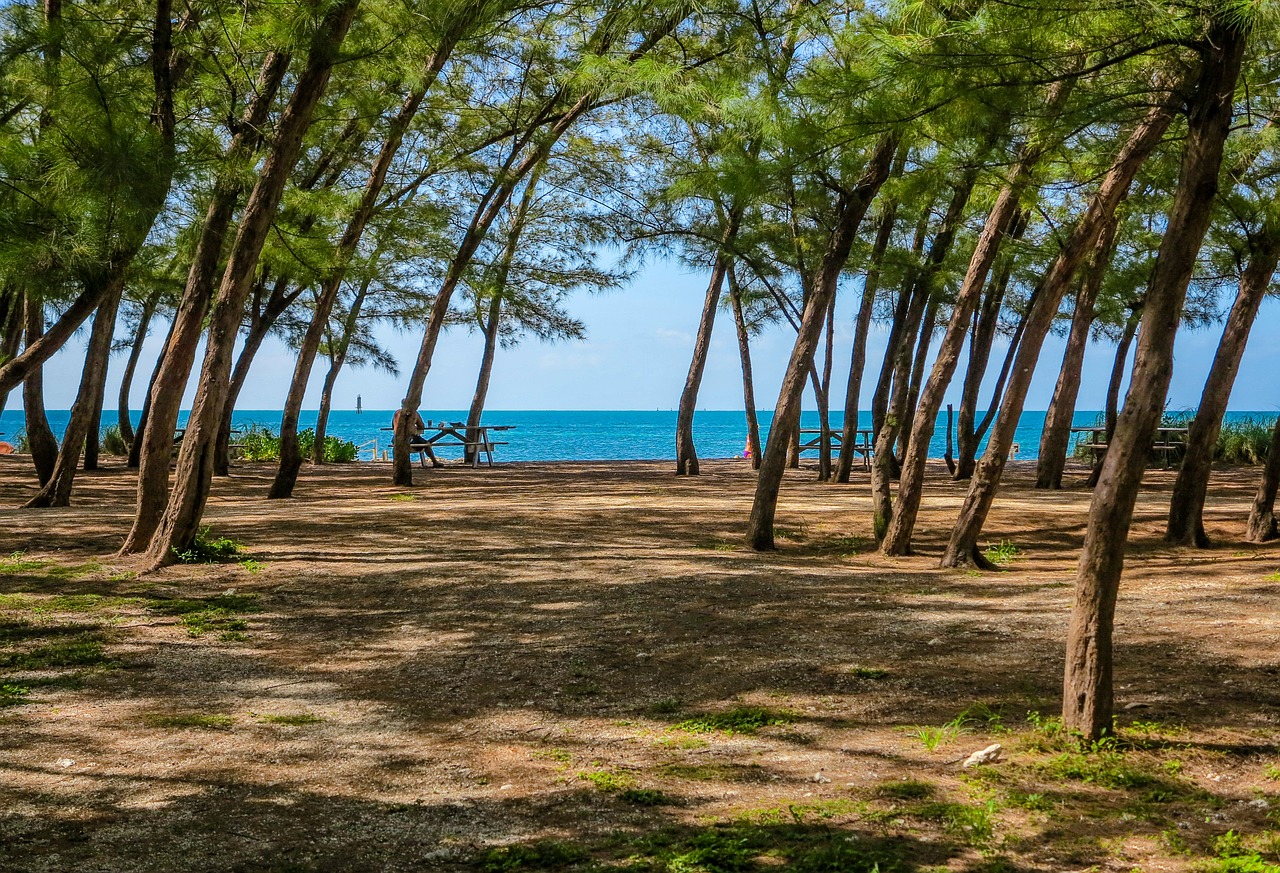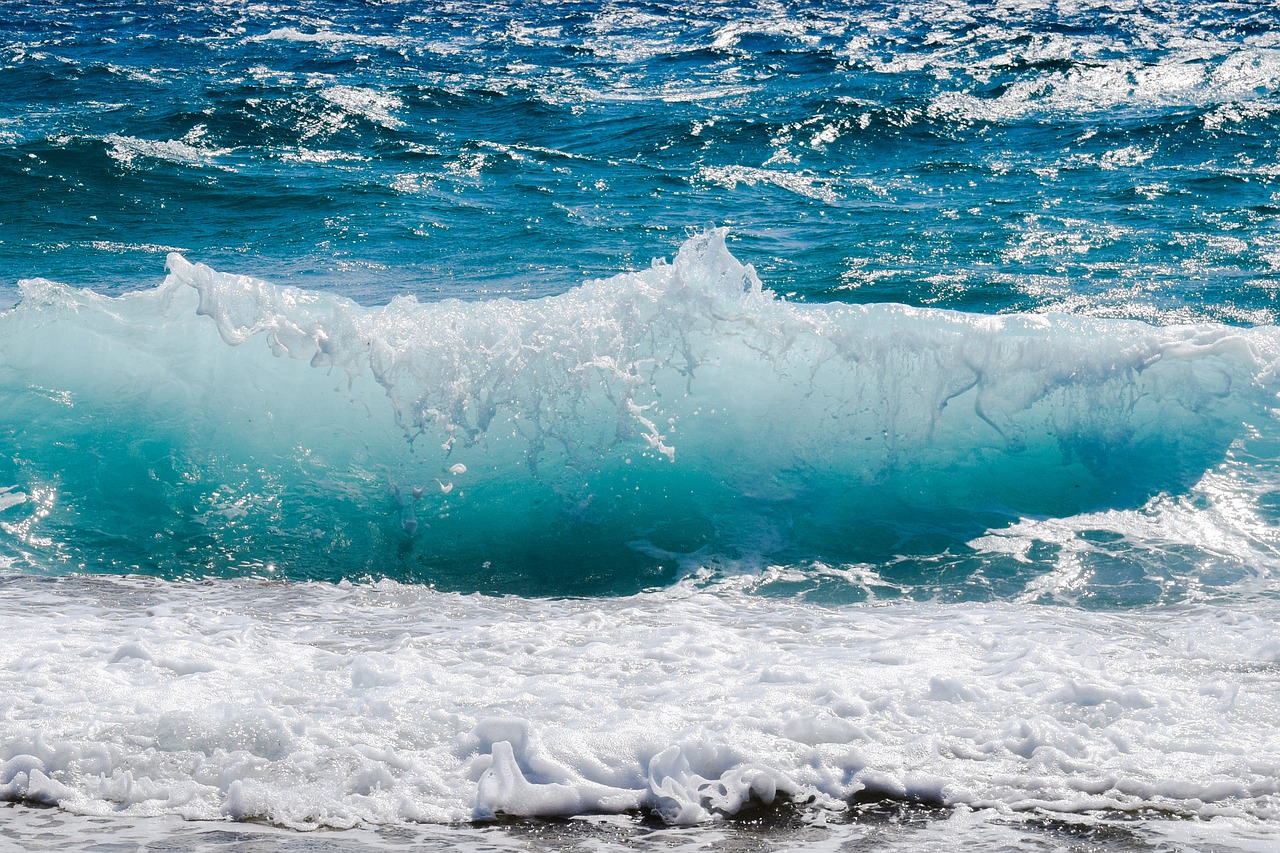
New Technique Can Make Ocean Wave Energy Attractive
- News
- 2.5K
Oscillating water columns can be used to tap energy from oceanic and sea waves. The higher cost of wave energy devices, however, remains a challenge. Scientists at the Indian Institute of Technology (IIT) Madras have now found a simple fix to increase the amount of power generated by oscillating water columns.
Oscillating water columns (OWCs) are embankment like constructions partly submerged in water. There is a partial opening towards the sea-facing wall from where water can enter. As sea and ocean waves have a persistent undulating motion, the water entering the column keeps varying, fluctuating the level of air in the OWC. “This disturbance is used to rotate a turbine to generate power,” explained V Sundar, professor of ocean engineering at IIT Madras, while speaking to India Science Wire.
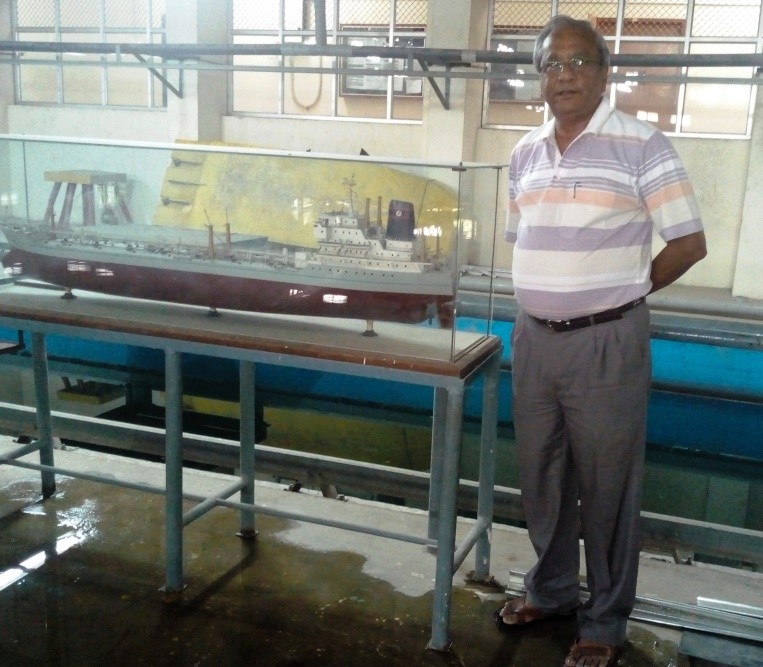
Dr. V. Sundar, Professor, Ocean Department Dept, IIT Madras
Despite being an attractive power source, wave energy remains largely unexploited due to the large costs required to build these structures. Scientists the world over are trying to link OWC with breakwater constructions that prevent coastal erosion by reducing wave activity in adjoining regions. Previously many teams have been successful in linking different OWCs with breakwater caissons or large watertight chambers.
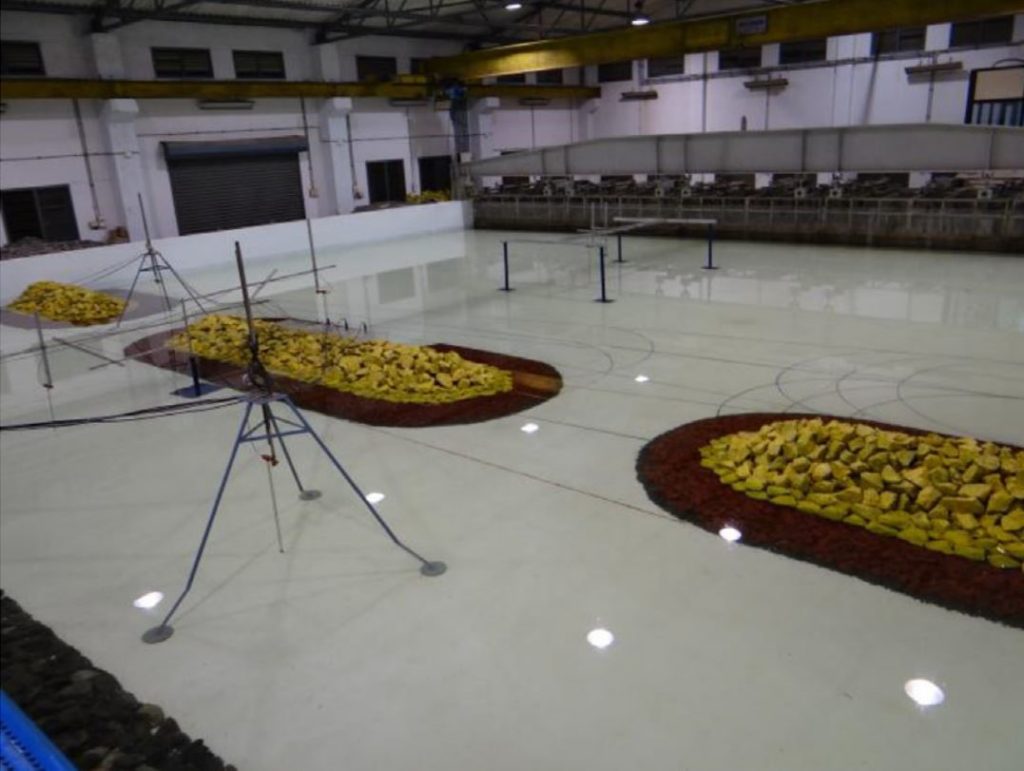
The team led by Dr. Sundar has integrated OWC with rubble mound breakwaters. Such breakwaters are relatively inexpensive and easier to construct.
While experimenting with different arrangements, scientists accidentally discovered that instead of a single structure, an array of OWC lined against breakwaters can extract greater power. “The array helps in the concentration of waves in front of the OWC which helps improve performance,” explained Dr. Sundar. Spacing these structures to optimize power generation was a critical issue.
The researchers installed multiple OWC connected with offshore detached breakwaters in a shallow wave basin with different spaces between them. They assessed the OWC performance with variations in wall pressure, air pressure, wave amplification factor, capture width and other hydrological parameters. The study showed that when placed at a distance that equals thrice their widths, OWC yields maximum power. This was double the input wave power channeled from the natural frequency of the system.
The optimum spacing for different regions may vary based on the intensity and size of the waves and specific climatic conditions.
Since OWCs linked with rubble mound breakwaters are easy to operate, they can be used in coastal regions and islands to reduce erosion while simultaneously generating power in an eco-friendly manner. Presently, scientists have completed a proof of principle study and are planning to set up a pilot plant to test their hypothesis.
The study, published in journal Ocean Engineering, was supported by a grant from the Norwegian Research Council. The research team also included S. John Ashlin and S.A. Sannasiraj from IIT Madras (India Science Wire).
By Sarah Iqbal
Journal Reference
If you liked this article, then please subscribe to our YouTube Channel for the latest Science and Tech news. You can also find us on Twitter and Facebook.
